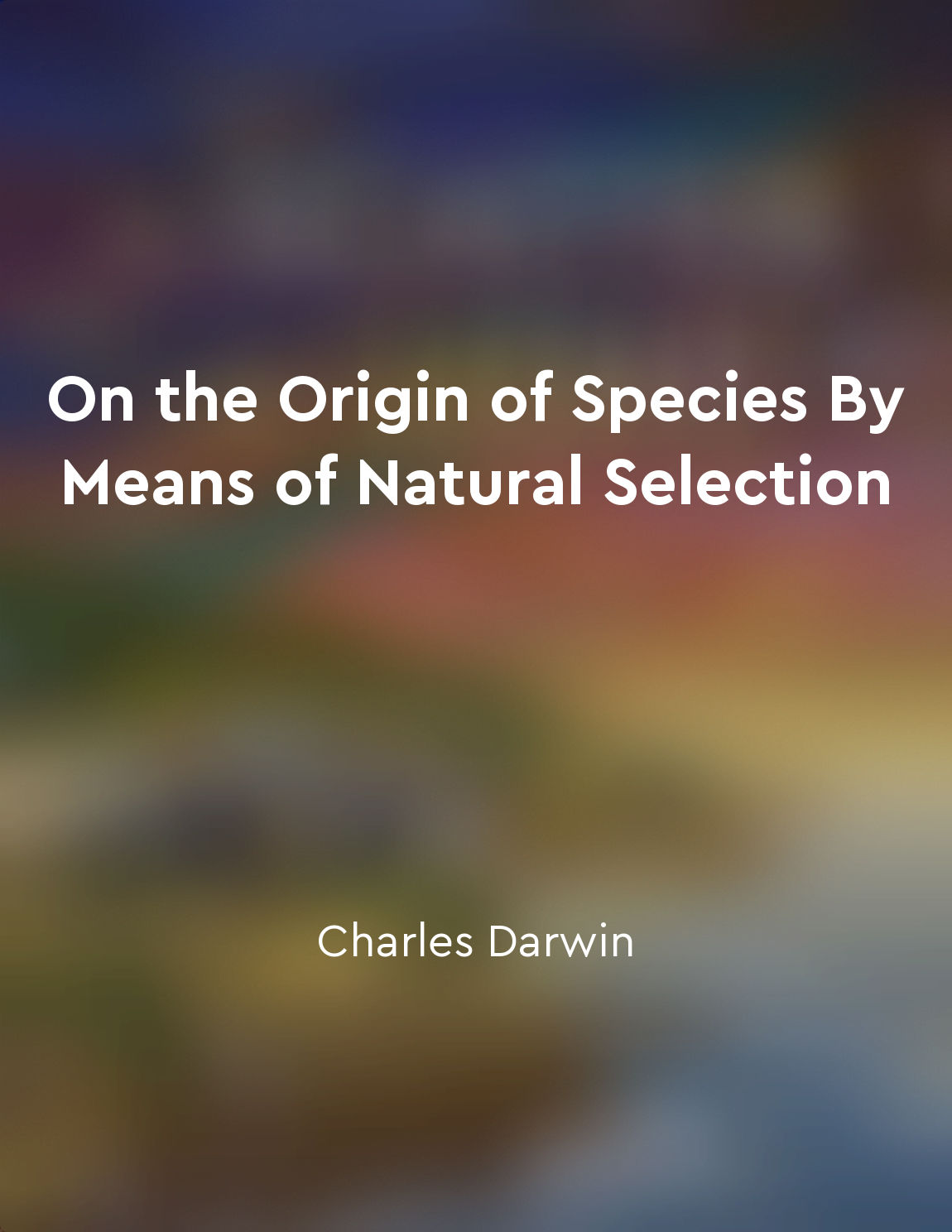Audio available in app
Differences in male and female mating strategies from "summary" of Evolutionary Psychology by David Buss
Male and female mating strategies differ in several key ways, a fact that can be explained through evolutionary psychology. Men and women have evolved different strategies due to differences in reproductive biology and the challenges they face in maximizing their reproductive success. Men, for example, tend to prioritize short-term mating strategies, seeking to maximize the number of partners they can mate with in order to spread their genes as widely as possible. This is because men have a higher potential reproductive rate than women, as they can produce millions of sperm each day. As a result, men are more likely to pursue casual sex and are less selective when choosing partners. Women, on the other hand, tend to prioritize long-term mating strategies, seeking partners who can provide resources and support for themselves and their offspring. This is because women have a limited number of eggs and a longer period of gestation and lactation, making it more advantageous for them to choose partners who can help ensure the survival and success of their offspring. As a result, women are more selective when choosing partners and are more likely to seek emotional connection and commitment. These differences in mating strategies can also be seen in the types of traits that each sex finds attractive in a potential partner. Men tend to prioritize physical attractiveness and youth, as these traits are indicators of fertility and reproductive potential. Women, on the other hand, tend to prioritize social status, resources, and ambition, as these traits are indicators of a man's ability to provide for and protect them and their offspring.- These differences in male and female mating strategies can be understood as adaptive responses to the challenges of reproduction and ensuring the survival of offspring. By understanding these differences, we can gain insight into the underlying motivations and behaviors that drive human mating behavior.
Similar Posts
Genetic mutations drive the variability of traits within a population
In the world of biology, genetic mutations play a crucial role in driving the variability of traits within a population. These ...
Survival of the fittest applies to genes, not individuals
The idea that survival of the fittest applies to genes, not individuals, is a fundamental concept in understanding the process ...
Being passionate about your interests can make you more intriguing to women
When it comes to attracting women, there is a powerful tool that many men overlook - passion. Being passionate about your inter...
Balancing sexual desire with emotional connection is essential for lasting fulfillment
In our modern world, we are bombarded with messages that glorify sexual desire as the ultimate goal in relationships. We are le...
Balance and compromise are necessary for harmony
Achieving harmony in a relationship requires finding a delicate balance and being willing to compromise. It's like a dance wher...
Stressed brains don't learn the same way
When your brain is stressed, it doesn't work as well. This includes learning. Stress hormones affect memory, attention, and lea...
Setting realistic expectations in a romantic partnership
When it comes to being in a romantic partnership, it is crucial to set realistic expectations. This means understanding that no...

Variation as fuel for evolutionary change
Variation is a fundamental aspect of the natural world, serving as the raw material upon which the process of natural selection...
Understanding evolution enhances our appreciation of biodiversity
To comprehend the concept of biodiversity fully, we must appreciate the long and intricate history of life on Earth. Evolution ...

Sexuality is fluid and complex
Sexuality, the authors argue, is not a fixed and rigid construct but rather a dynamic and multifaceted aspect of human nature. ...

